Introduction
Napa Valley is one of the most renowned wine regions in the world, known for its lush vineyards, exceptional wines, and rich history. While California’s wine industry now stands among the global elite, Napa Valley’s journey to prominence was not without challenges. From its early days in the 19th century to the modern-day success of its wineries, Napa Valley’s history is a testament to resilience, innovation, and a passion for winemaking.
The Early Beginnings
The roots of winemaking in Napa Valley date back to the early 1800s when Spanish missionaries planted the first grapevines in California. However, it wasn’t until the 1830s that commercial wine production began in the state. In 1839, George C. Yount, a pioneer settler, planted the first documented vineyard in Napa Valley. His success laid the foundation for future grape growers and winemakers who saw the region’s potential.
By the mid-19th century, more European immigrants, particularly those from France and Italy, arrived in Napa Valley, bringing with them their knowledge of viticulture. Names like Charles Krug, Jacob Beringer, and Gustave Niebaum became instrumental in shaping the early wine industry.
The Rise of Napa’s Wine Industry
The latter half of the 19th century saw rapid growth in Napa Valley’s wine industry. In 1861, Charles Krug established the first commercial winery, setting a precedent for quality winemaking. Soon, other wineries followed, and Napa Valley began gaining recognition for its excellent wines.
However, the industry faced numerous obstacles. In the late 1800s, the phylloxera epidemic devastated many vineyards, nearly wiping out Napa’s wine industry. This tiny root louse attacked grapevines, forcing vineyard owners to replant using disease-resistant rootstock. The recovery was slow, but the industry persevered.
Prohibition and Its Impact
Just as Napa’s wine industry was regaining strength, Prohibition struck in 1920. The nationwide ban on alcohol forced most wineries to shut down or pivot their businesses. Some wineries survived by producing sacramental wine for religious purposes, but overall, the industry suffered greatly. It wasn’t until the repeal of Prohibition in 1933 that winemaking in Napa began to recover.
The Modern Renaissance
The mid-20th century marked a turning point for Napa Valley. In the 1960s and 1970s, a new wave of winemakers focused on producing high-quality wines that could compete on the world stage. Innovations in vineyard management, fermentation techniques, and aging processes led to the creation of exceptional wines.
One of the defining moments for Napa Valley came in 1976 with the famous Judgment of Paris. In a blind tasting competition, Napa Valley wines outperformed some of France’s best wines. This victory shocked the global wine industry and put Napa Valley firmly on the map as a premier wine-producing region.
Napa Valley Today
Today, Napa Valley is home to over 400 wineries and produces some of the finest wines in the world. The region’s commitment to quality, sustainability, and innovation continues to attract wine lovers from around the globe. From small, family-owned vineyards to internationally acclaimed wineries, Napa Valley remains a symbol of excellence in winemaking.


